PEM Currents – Agitation in Children – Episode 4: Safe prehospital transport
EMDocs
JUNE 9, 2023
Protocols Every EMS agency should have protocols for dealing with agitated or violent patients. We’re defining “protocol” here as a written document that provides oversight from the medical director about how to assess and treat patients. Sometimes these can also be referred to as guidelines, standing orders, policies, or procedures.

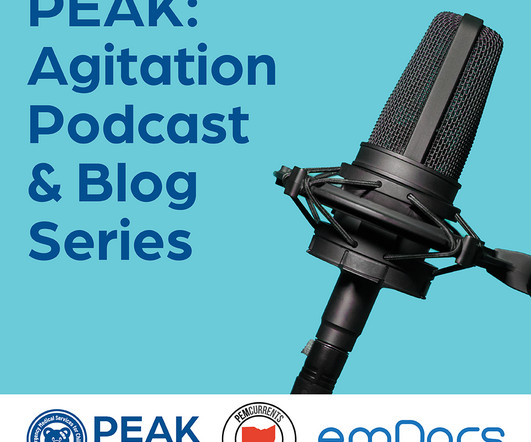
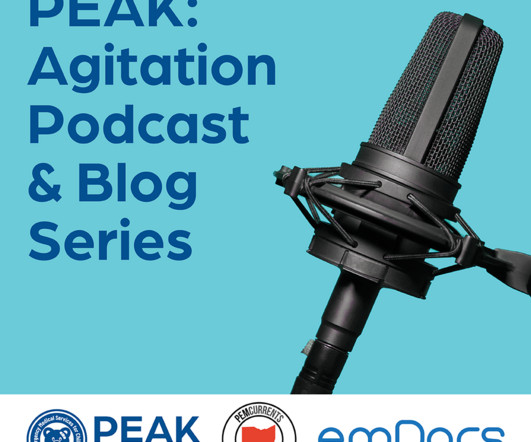
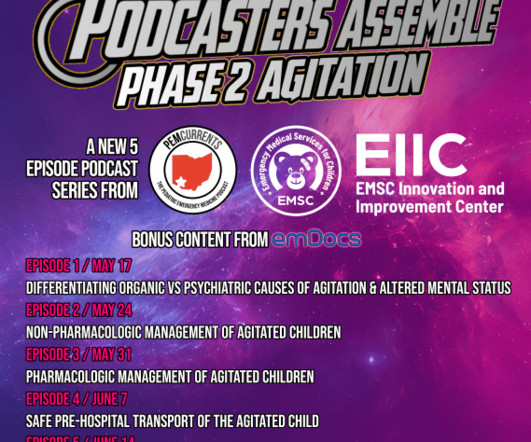
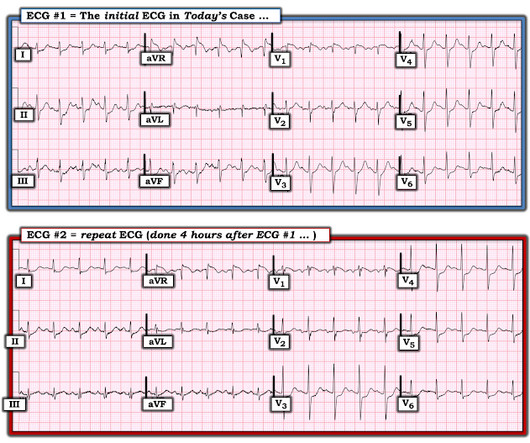
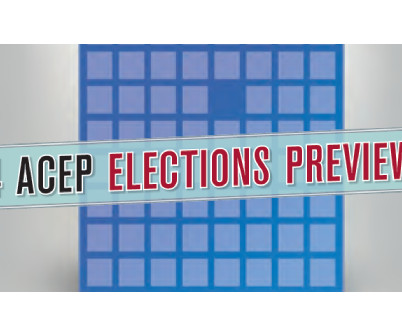
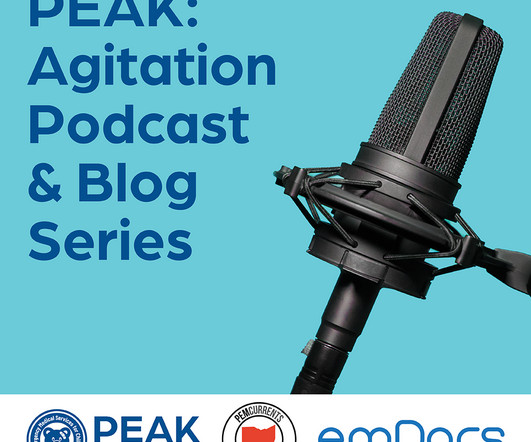
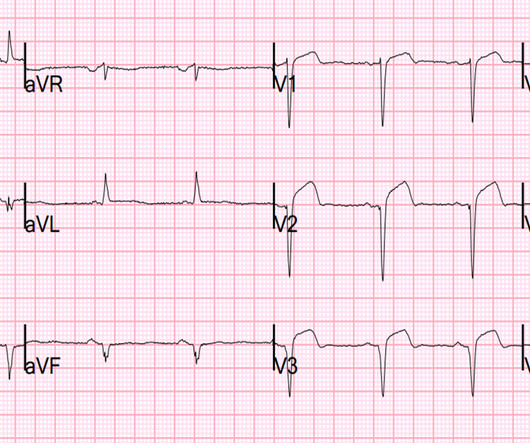
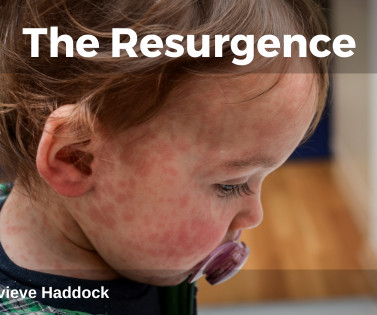

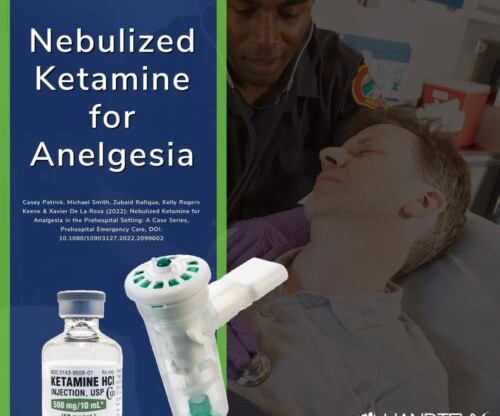
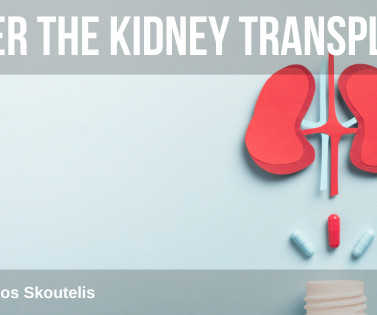







Let's personalize your content